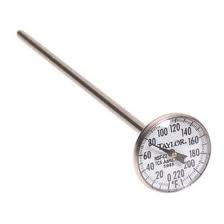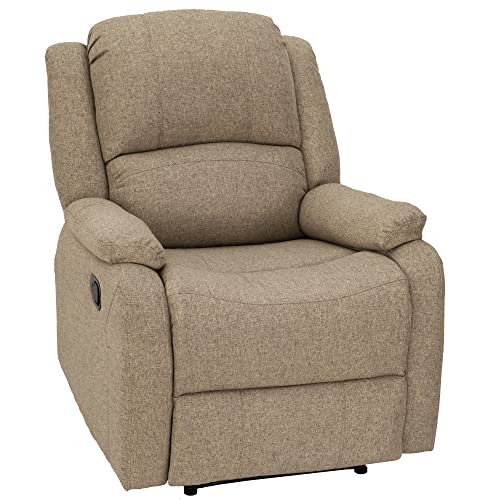Boyntonstu
Well-known member
- Joined
- Aug 24, 2017
- Messages
- 369
- Reaction score
- 0
This will work, but in my opinion it costs too much.
http://www.solavore.com/
The Solavore oven heat from 210* F to 260* F with a maximum temperature of 300* F..
For Sous Vide that needs only 140*F, it would be overkill.
I believe that I could build a simple solar Sous Vide cooker for under $10 using plywood, insulation, and a few panes of glass or clear plastic. It would be about the size of a George Foreman Grill.
The problem is overheating the meat above 140* F.
I am thinking about a thermostatic shade device to control the maximum temperature.
Anyone want to join me in making a solar Sous Vide cooker?
It would be a fun project.
http://www.solavore.com/
The Solavore oven heat from 210* F to 260* F with a maximum temperature of 300* F..
For Sous Vide that needs only 140*F, it would be overkill.
I believe that I could build a simple solar Sous Vide cooker for under $10 using plywood, insulation, and a few panes of glass or clear plastic. It would be about the size of a George Foreman Grill.
The problem is overheating the meat above 140* F.
I am thinking about a thermostatic shade device to control the maximum temperature.
Anyone want to join me in making a solar Sous Vide cooker?
It would be a fun project.

































































